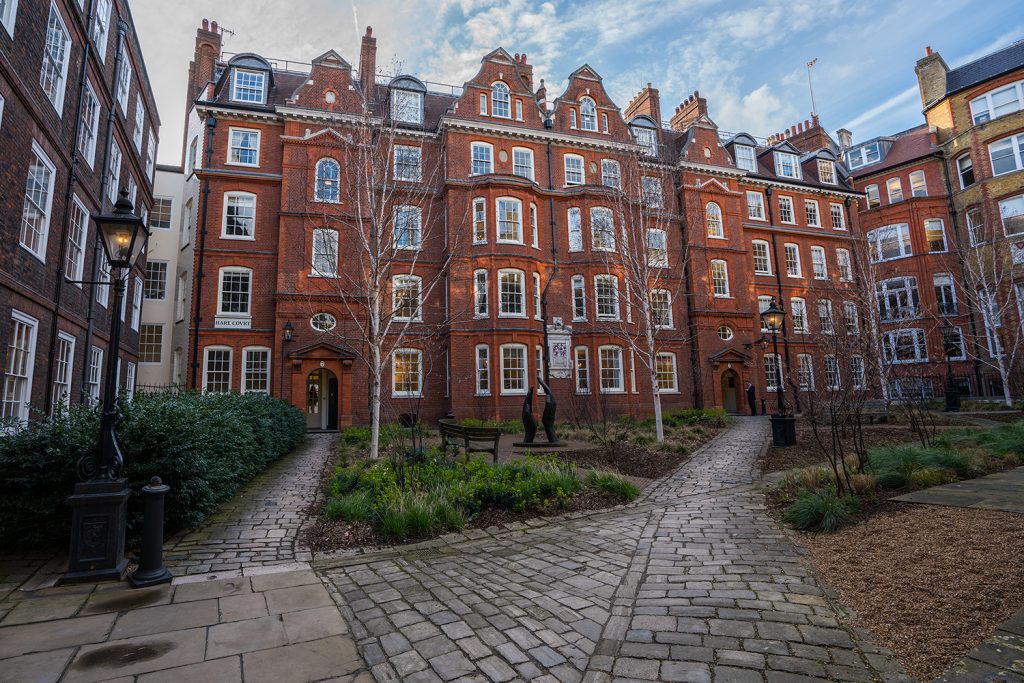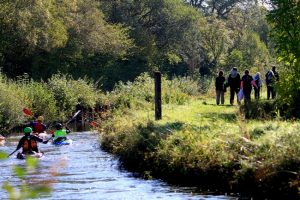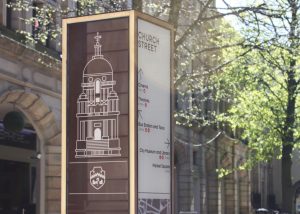One of the reasons we love our work so much is that wayfinding is fundamentally about the people. And, how people interact with a place.
At Placemarque we talk a lot about user experience. In truth, keeping focus on the user’s experience is the only way to deliver a successful strategy. Without understanding where people want to go and what their experience is of a place, any signage – no matter how attractive – will fall flat.
But as much as we need to understand the visitor’s perspective, we also need to be aware of the different and sometimes conflicting uses in a place.
The perception of public and private spaces
Conflict can sometimes happen when private spaces are perceived as public spaces, resulting in unwelcome visitors. The opposite can also cause conflict. For example, when residents perceive their street to be private when it is in fact a public thoroughfare.
The public realm can play an important role in providing clues about whether the space you are entering is open to the public or not, beyond the use of traditional security measures.
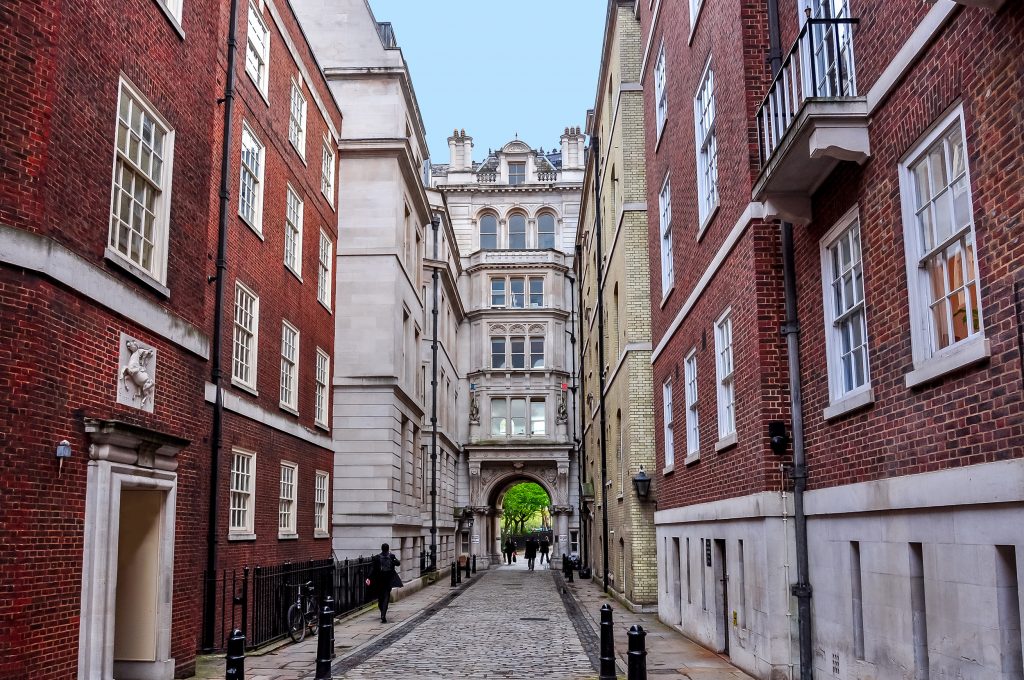
Think of Westminster, particularly in the vicinity of the Houses of Parliament. Whilst the streets are open to the public, it doesn’t always feel that way. The same can be said of London’s legal district; home to various barrister chambers and Inns of Court. The positioning of low walls and fences, an arched walkway or a change in paving materials can all give the underlying message that the space is only for people with a reason to be there. You feel as though you’re crossing some sort of threshold.
It’s not a closed space; it’s just not an open space either.
The choreography of wayfinding
I was enthralled as a child watching the dance scenes in the musical West Side Story. The hubbub of people moving every which way would suddenly dissipate as characters slipped into step with each other, moving from chaos into order, confidently stepping to the same beat.
We have always felt that wayfinding is all about choreographing the movement of people. Nothing is forced, but in the same way that architects use fences and walls, we use subtle navigation clues to help people move in step and choose certain paths over others. The wayfinding of an area can reinforce whatever the message is that landowners want to give out, whether that’s “all are welcome here” or “keep moving please”.
Fingerpost signs encourage visitors to take one route over another option. Gateway signage gives a clear message of crossing a threshold into a new place. Illuminated signage literally brings light into a space, making it feel safer and more welcoming.
The choreography of wayfinding gently nudges people along, moving from the chaos of uncertainty towards the confidence of stepping closer to your destination.
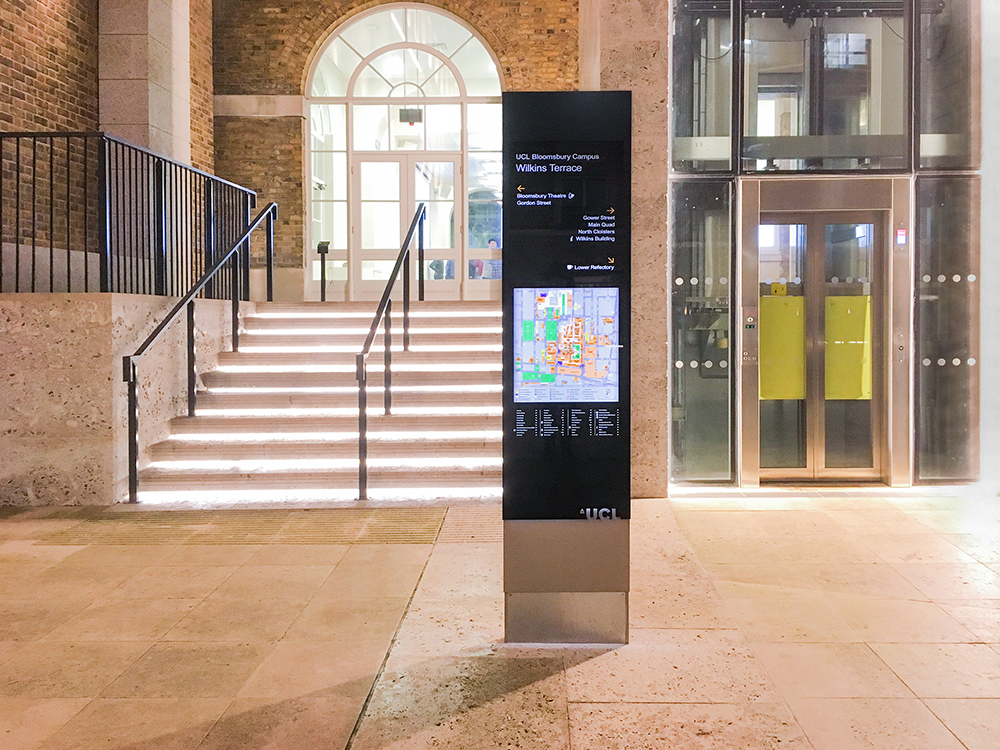
Case study: University College London
Universities used to have a mindset of keeping visitors out, by presenting themselves fortress-like with dominating buildings, minimal space to gather, closed doors and fences. Understandably, because its campus pressed up against dozens of different uses, UCL adopted a defensive position to protect itself from the busyness of central London.
But, in recent times this thinking has changed. The value of visitors is now appreciated. Visitors bring movement, vibrancy and life to spaces. Visitors bring security to otherwise unmonitored spaces. And, of course, visitors bring income at university cafés and shops.
Over the years of working with UCL we have witnessed this shift in thinking. Through the various projects we have worked on with them, we have helped them to open up their campus to visitors by giving clear indications that routes through the campus are open to the general public, and even, welcomed. Visitors are encouraged to choose certain routes to improve safety, or to bring people to key destinations and services.
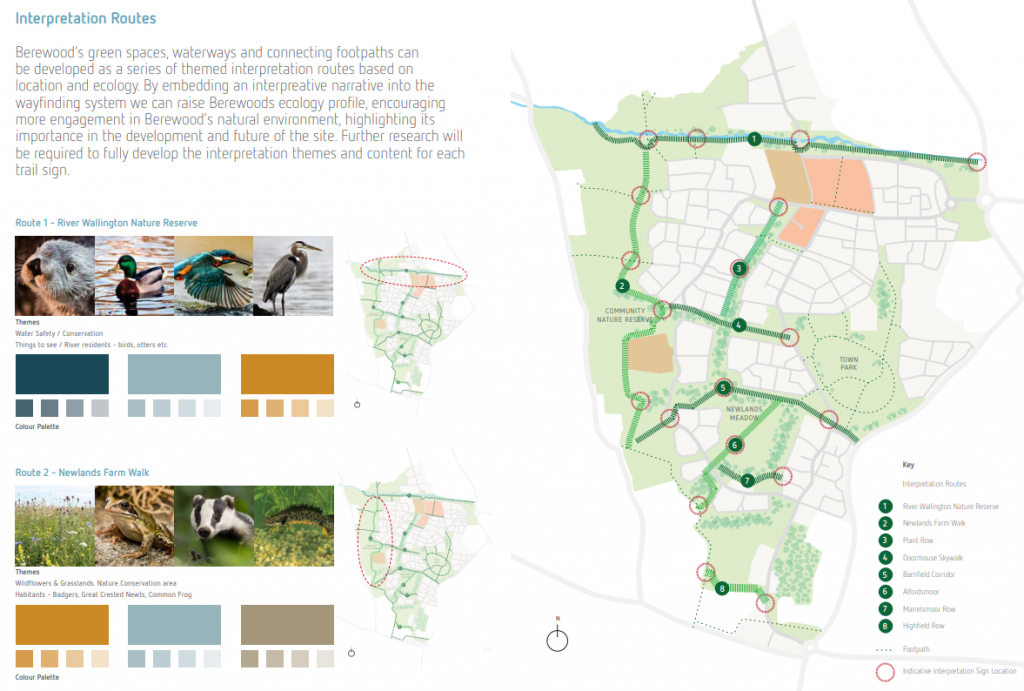
Case study: Berewood, Hampshire
Our work in Berewood, a new community of 2,650 homes near Portsmouth, involved directional signage that encouraged residents and visitors to take certain routes through the wider site. So, rather than pedestrians zigzagging through residential streets, we provided clear information via the masterplan that there are alternative routes available. Pedestrians are offered the opportunity to opt for footpaths along ecologically-rich trails which connect through to key services.
This has the added benefit of not only offering pedestrians a better user experience, but also helping to maintain low traffic (yes, pedestrians are traffic too) neighbourhoods that instil a sense of privacy within residential streets.
These roads are not closed to the public – they’re just not open spaces either.
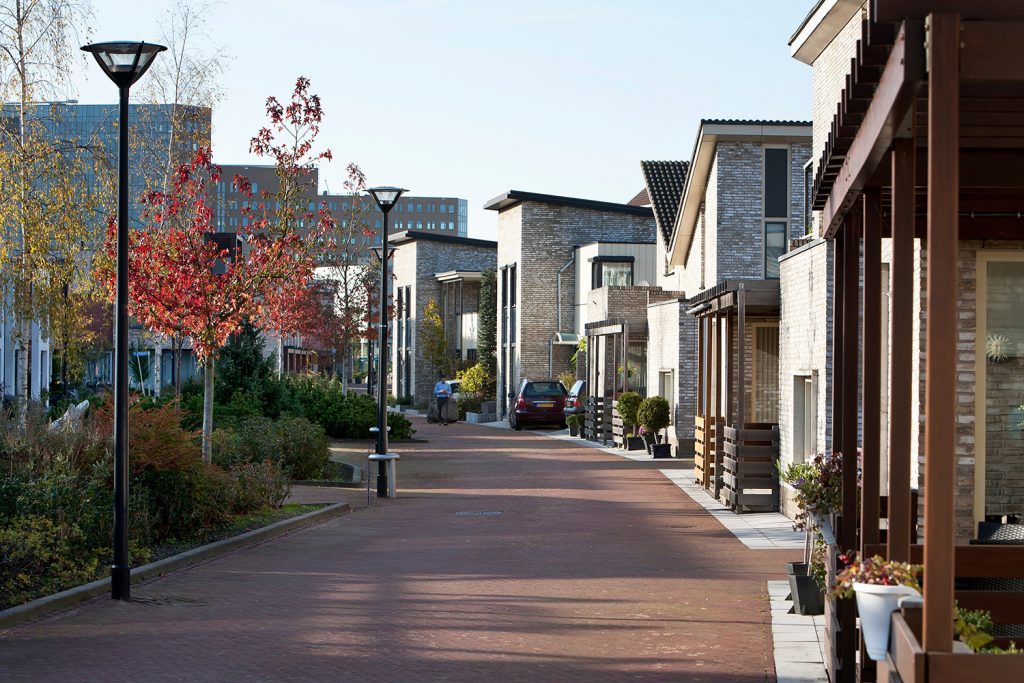
Wayfinding is about understanding people
Because wayfinding is all about the people, we always take the time to visit your place and observe how people are moving about it. Our audit helps us to understand what navigational cues people are already using and what problems they’re facing.
Armed with this knowledge we can build a strategy that steers people towards their destination in a way that best meets our clients’ objectives.
We can help you establish clear hierarchies of pedestrian movement in your place, to encourage visitors to choose one route over another. If you need an expert perspective on how to choreograph the movement of people through your site, get in touch on 0161 241 3174.

